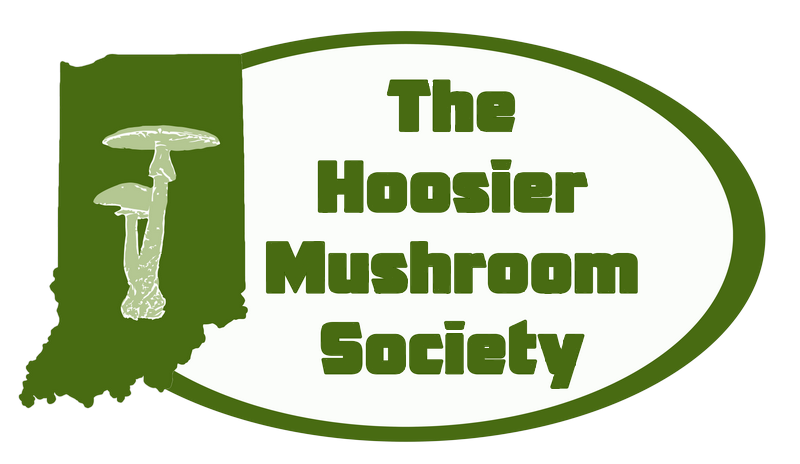I tried a new mushroom that I found in the woods today -- Lactarius indigo. This is a very distinctive, funnel-shaped mycorrhizal mushroom that "bleeds blue" when cut.
Unfortunately, after a 6-minute saute', it comes out the other side looking more aqua than blue. Reminds me of an old George Carlin schtick ("There is no blue food"). The flavor isn't strong, but kinda nutty...far better than I expected from the culinary descriptions I've encountered in books.
Links to photos:
https://drive.google.com/open?id=1_1c6MVzR2vodP2MjdPVEwK53beuIh4p0
https://drive.google.com/open?id=1UCx5_WjRtpSlSL9ifhNMJRJjZGbZStme
https://drive.google.com/open?id=18oTIGyU_9wUZZyKy5cqPvCxRRCl9foPg
Hopefully the next message you get from me won't be my obituary. :-)
Bruce


